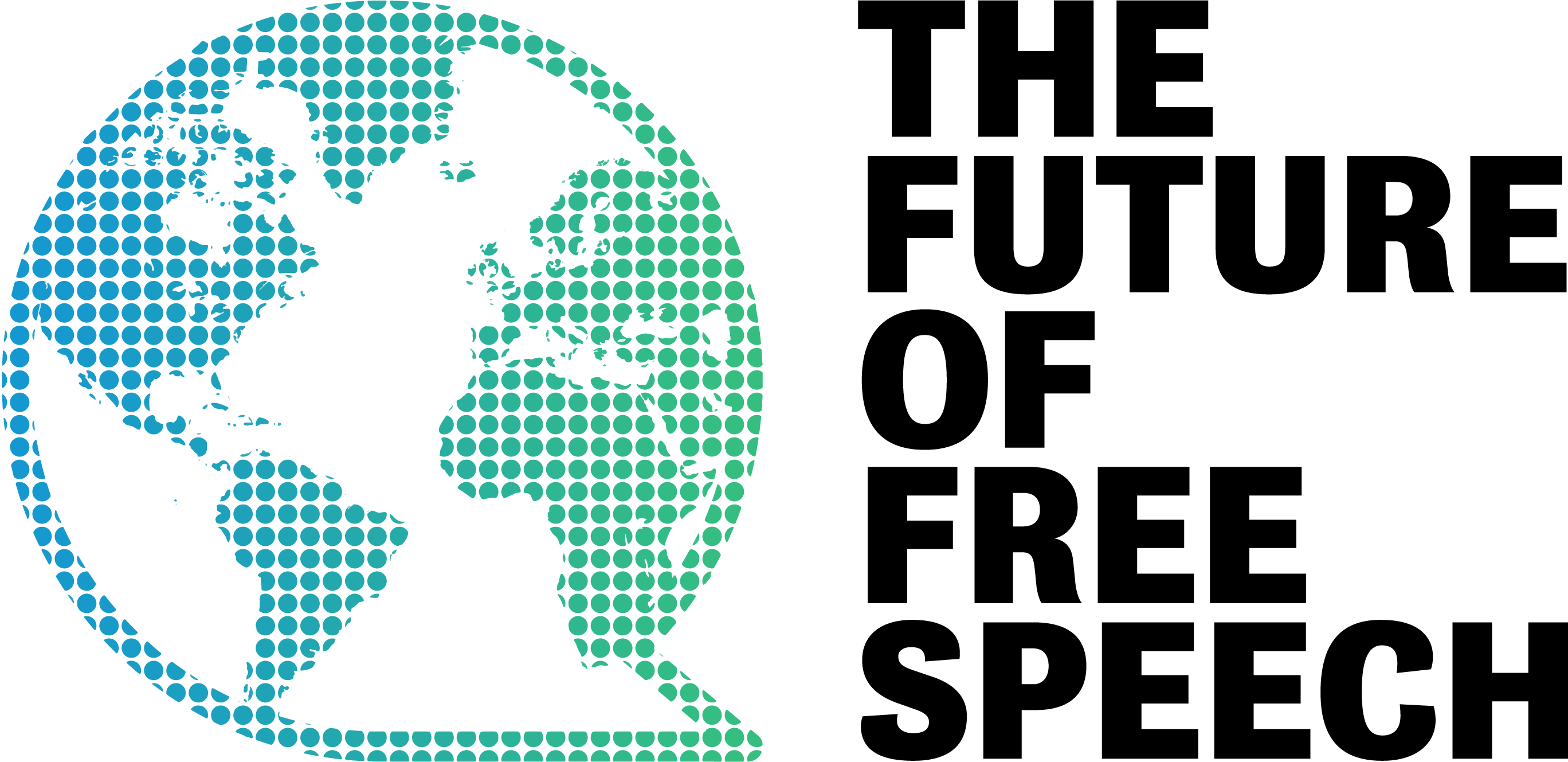
By Zachary Wolf
Trump’s complete turnabout on speech is indicative of the contradictions and ironies in the bedrock principle of the American liberties in the Bill of Rights and the First Amendment.
While Trump came to office promising to restore free speech, particularly on college campuses and on social media, he’s now engaged in a multi-front war over what people can say in the US.
[ . . . ]Free speech and civil rights
In the US, the evolution of speech has also turned on issues of race.
“If you go to the 1830s you would see that abolitionism was brutally suppressed in many Southern states,” according to Jacob Mchangama, executive director at the Future of Free Speech, a think tank at Vanderbilt University and a Senior Fellow with the Foundation for Individual Rights and Expression.
“You would face jail if you spread abolitionist writings, so that was an attempt to try and contain abolitionists in the North from spreading their ideas to the South,” he told me in a phone interview.
Generations later, it was the civil rights movement that helped secure more and more protections for speech.
“The steady expansion of the First Amendment was to a very large extent accomplished by civil rights groups; you had the NAACP and Jewish organizations who were persuaded that adopting laws against group libel, as hate speech was often called, was detrimental to minorities,” Mchangama said.
Read MoreJacob Mchangama is the Founder and Executive Director of The Future of Free Speech. He is also a research professor at Vanderbilt University and a Senior Fellow at The Foundation for Individual Rights and Expression (FIRE).

